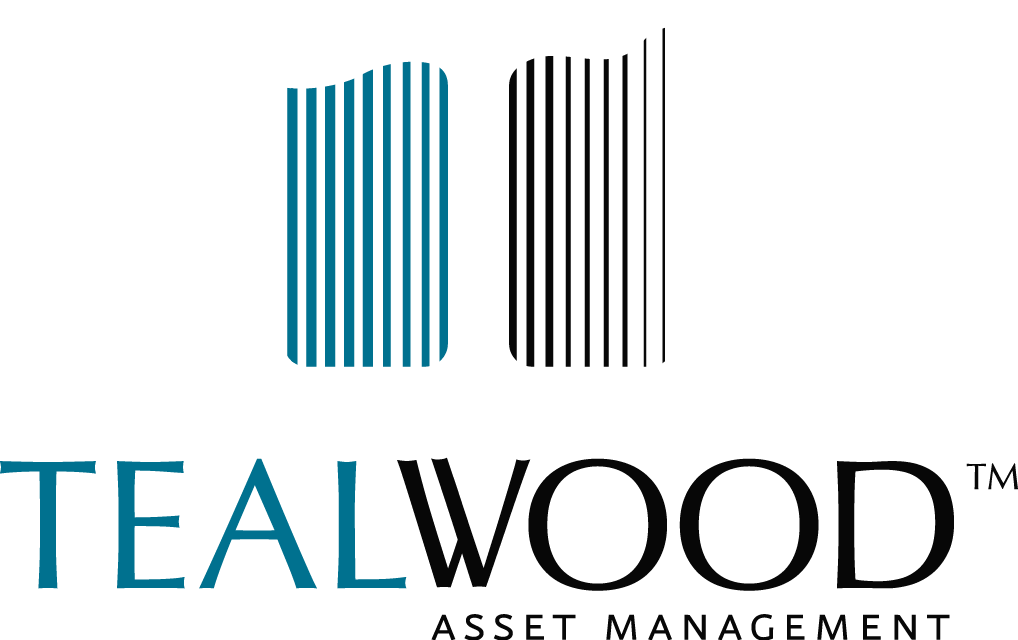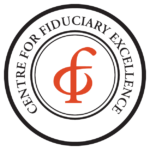The headlines are full of “worst” reports on stocks and bonds for the first half of the year. The S&P 500 Index turned in its worst first half since 1970, and the bond market had its worst showing in decades. While we will not belittle the difficulties, it shouldn’t come as a surprise. The U.S. market was expensive, top heavy, and vulnerable to a valuation correction. The economy and the market were “juiced” by fiscal and monetary stimulation, which led to this inflation and was also unsustainable. The marketplace was rife with tactical speculations and momentum trading. We had anticipated a period of correction and we prepared to build risk management into our portfolios.
Our first half results showed meaningfully better relative results across all strategies, but down relatively less is small satisfaction. Let us be clear: we care about managing for risk and we seek to be down less. However, declines are humbling and there are always some things that are missed when volatility pushes down.
Amid this complexity, we believe the correct strategy is not complicated. We are focused on selectivity and differentiating our portfolios from their asset classes. Allocating to competitive advantages and high quality maintains our reasonable price discipline. Our experience informs us that panicking after a 20% or greater decline in the Indices is counterproductive to longer-term results.
The “buy the dip” reflex had become dogma-like over the prior twelve years with investors continually assuming a broad market bounce back. We think it’s likely that this new episode will look more L-like than V-like. A flatter plateau is the average of some stocks down and some stocks up. In our strategy, we concentrate on the characteristics that elevate the probability of selecting into the “up” group. For us, that means companies with great balance sheets, a capital-light business model, exceptional profitability, and first class returns on capital and assets. These are measurable qualities that have a demonstrated record of providing advantageous strategic results.
When the macro provides for uncertainty (see inflation and risk of recession), confidence stems from conviction about the individual business (as opposed to “the market”) and taking a longer-term outlook. We expect this unpredictable chapter will provide interesting new opportunities as prior excess gives way to capitulation. Beware of prophets saying, “we have never seen anything like this.” Staying focused through adversity is what makes for better investing. Long-term success requires getting the best out of the worst. Valuations have returned to the point where we have much greater confidence about fulfilling our objectives and meeting our return projections. This includes assuming a more modest growth rate and lesser valuations. We seek to work as Rational Investors and help you meet your goals.
We wrap up with a message about our Fixed Income investments. We are pleased that our defense has defended in such a stressed environment. This is crucial for the success of our asset allocation, and we believe our results set us apart from the crowd and their business-as-usual investing. Expect further interest rate increases, more stress in intermediate and long durations, and more opportunity in our sweet spot of shorter-duration bonds.


